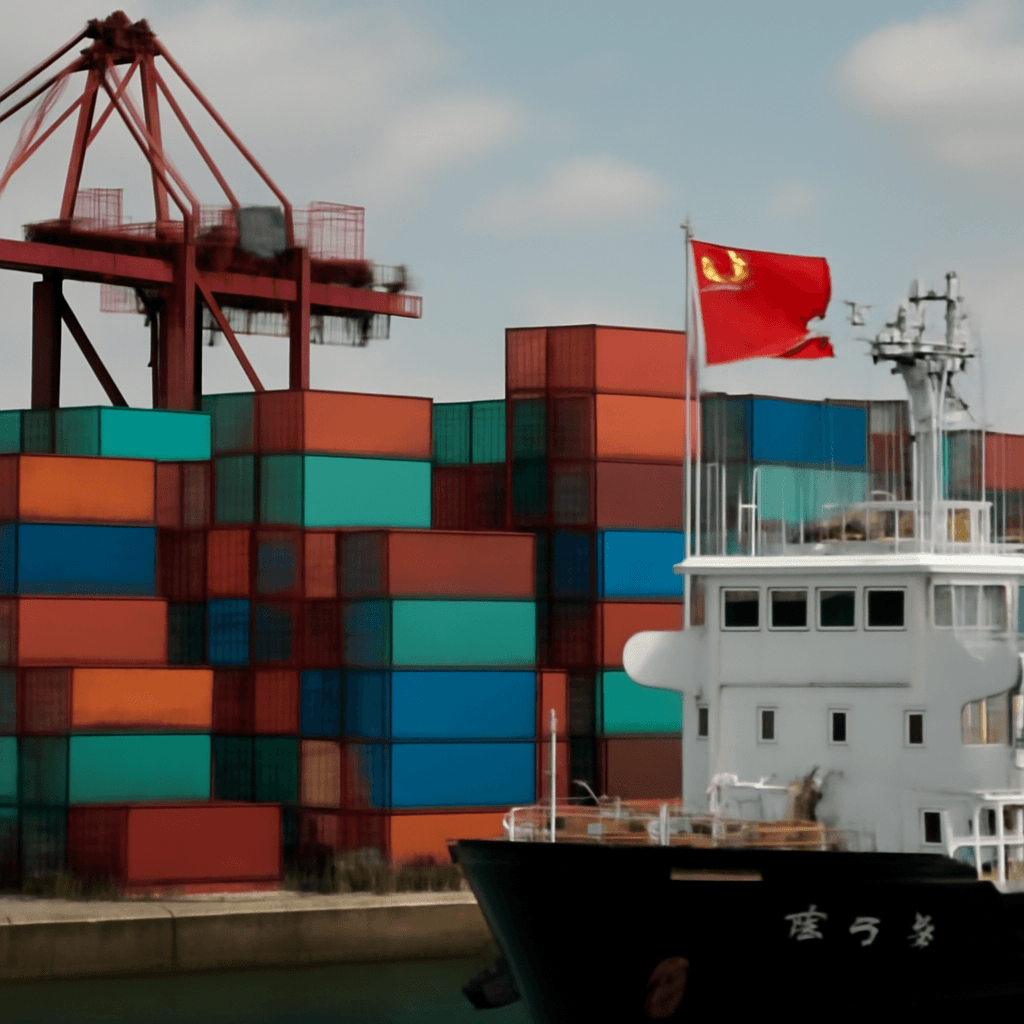China's Manufacturing Surge and Global Market Impact
China's manufacturing sector is currently experiencing a substantial increase in production, resulting in a flood of low-cost exports to global markets. This surge has raised concerns in various Asian economies about the potential negative effects on local industries due to the influx of cheap Chinese goods.
One example is Webuy Global, a Singapore-based online grocery retailer, which sources a significant portion of its products from Chinese suppliers. The company has benefited from suppliers offering steep discounts, sometimes up to 70%, attributable to excess inventory and weak domestic demand in China.
Economic Implications of China's Export Dynamics
Chinese producer prices have remained in deflationary territory for over two years as domestic consumption struggles to gain momentum amid ongoing overcapacity. Despite these challenges, China's continued high production levels influence global market prices, particularly in Asia.
Many economies worldwide are apprehensive about the potential for being overwhelmed by Chinese exports, with some already implementing barriers to protect domestic manufacturers. However, there is a notable silver lining: the availability of affordable Chinese imports is contributing to lower inflation rates for economies burdened by rising costs.
Effects on Inflation and Central Bank Policies
For countries with limited manufacturing capacities, such as Australia, the influx of inexpensive Chinese goods is providing relief by helping to reduce the cost of living and easing inflationary pressures. Economist projections suggest this trend may facilitate further interest rate cuts across Asia as central banks seek to balance inflation control with economic growth.
For example, forecasts indicate potential rate reductions by:
- 100 basis points by the Reserve Bank of India
- 75 basis points each by central banks in the Philippines and Thailand
- 50 basis points by Australia and Indonesia
- 25 basis points by South Korea
Asia's Response to the Renewed 'China Shock'
In the wake of Singapore's recent elections, rising living costs were prominent concerns. Economic analysis suggests inflation in Singapore may trend lower than expected due to the disinflationary effect of cheaper Chinese imports. This phenomenon is anticipated to extend throughout Asia, as the 'China shock'—characterized by rapid increases in low-cost Chinese exports—intensifies in coming months.
Countries in the region have historically responded to China's export growth by imposing anti-dumping duties to protect domestic manufacturers. The current environment echoes patterns observed in the late 1990s and early 2000s, when a surge in Chinese-made imports kept global inflation subdued while reshaping manufacturing landscapes.
Trade Shifts and Protectionist Measures
China has strategically increased exports to ASEAN countries, with shipments rising 11.5% year-on-year in early 2025, even as exports to the United States declined by 2.5%. For instance, Japanese importers have seen Chinese goods become approximately 15% cheaper over the past two years compared to alternatives, further intensifying competition.
In response, several Asian nations, including India, Thailand, and South Korea, have enacted protectionist measures aiming to cushion their domestic industries from intense price competition and overcapacity challenges.
Risks and Opportunities for Asian Economies
While the influx of affordable Chinese products helps reduce inflation, it poses a complex challenge in balancing trade-offs with local production sustainability. Thailand, in particular, is projected to face the most significant impact from the renewed 'China shock,' potentially slipping into deflation during 2025, with India, Indonesia, and the Philippines also possibly experiencing inflation below their central banks' target ranges.



















